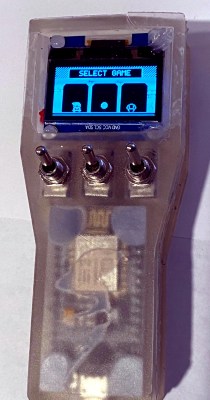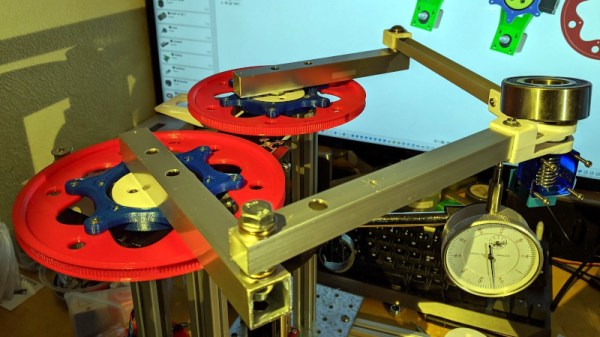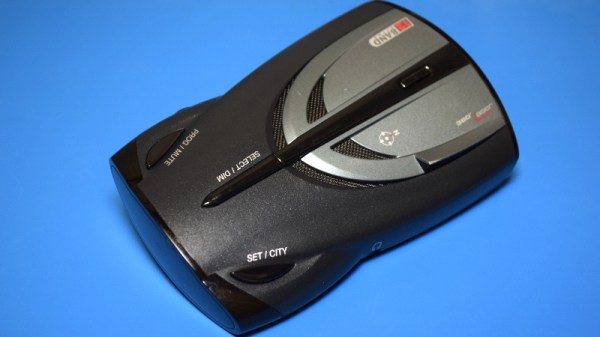Due to the worldwide pandemic of COVID-19, there has been a huge shortage of N95 masks. [] from Smart Air has been working on designs for a DIY mask that may be able to protect those who haven’t been able to secure their own masks. While there may be an abundance of memes around the various material people have been able to use to substitute for the filters, there is some very real science behind the sorts of materials that can effectively protect us from the virus.

According to a studied performed at Cambridge University during the 2009 H1N1 flu pandemic, while surgical masks perform the best at capturing Bacillus atrophaeus bacteria (0.93-1.25 microns) and Bacteriophage MS virus (0.023 microns), vacuum cleaner bags, and tea towels, and cotton T-shirts were not too far behind. The coronavirus is 0.1-0.2 microns, well within the range for the results of the tests.
As it turns out, cotton homemade masks may be quite effective as alternatives – not to mention reusable. They also found out that double layering the masks didn’t help with improving the protection against viruses. On the other hand, one significant design choice was the breathability of the material. While vacuum cleaner bags may be quite effective at keeping out small particles, they aren’t as comfortable or easy to breathe in as cotton masks.
Have you tried making your own cotton masks? In a time when hospitals are running low on surgical masks, it’s possibly the best option for helping to keep much-needed medical supplies in the hands of those helping at the front line.
[Thanks to pie for the tip!]


















